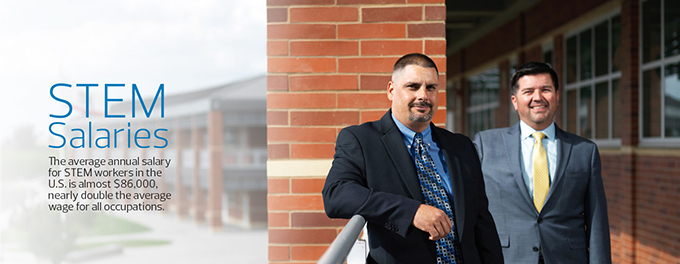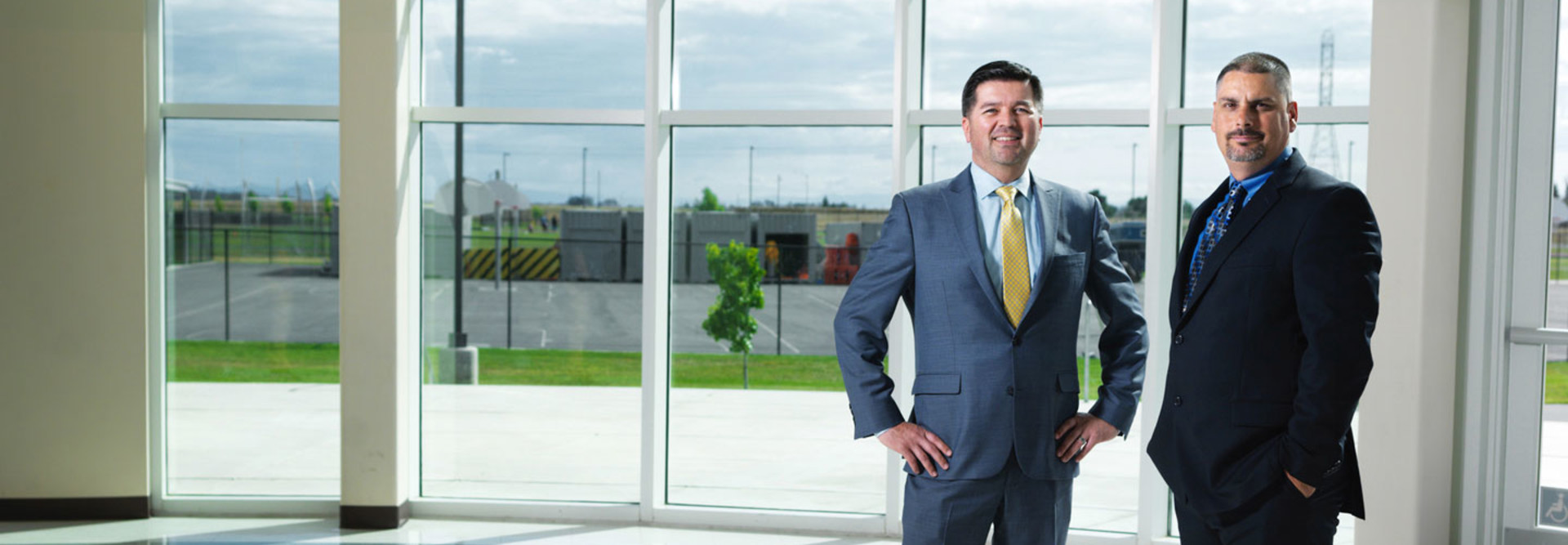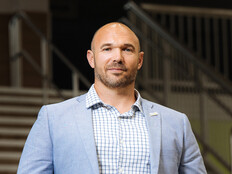Schools Give Students a Leg Up Using STEM, Technology
Several years ago, most students in the Merced Union High School District in rural Northern California had never owned a computer. That fact didn’t sit well with district leaders, who were acutely aware of labor projections predicting that many of today’s students will be competing for jobs that haven’t even been created yet, and that many of those jobs will be rooted in technology.
“We knew we had to provide kids with opportunities,” says Anthony Thomas, IT manager for the district.
And opportunities are what these kids need. The district lies in a largely agricultural region with little industry, where 86 percent of students receive free or reduced-price school lunches. Its teen pregnancy rate is among the top 10 in the state, and it has a very high unemployment rate. “We’re giving kids the ability to dream beyond what they know,” Thomas says.
That means providing students with continuous access to technology; it also means strategically using technology to support instruction — especially for science, technology, engineering and math (STEM) programming that will help prepare students for the jobs of tomorrow.
Creating New Opportunities
Over three years, the district rolled out Samsung Chromebooks for each of its 10,000 students. Beefing up its networking infrastructure, the district also put a Cisco 2700 or 3700 series wireless access point in every classroom and provided a 20 gigabyte connection between each school and the district’s headquarters. Thomas calls the deployment “one-to-web” (as opposed to the more common phrase “one-to-one”), because, as he says, “the ability to go out to the web is more important than the device.” In addition to enabling research and collaboration among students, the program helps support specialized STEM efforts like robotics, computer programming and engineering.
“It’s enabled us to do personalized instruction,” says Thomas. “Now you’re able to grab students and say, ‘Hey, check out this extra video to help with your homework,’ or, ‘Hey, I know you’re interested in this, go read these articles.’ ”
Constantino Aguilar, executive director of technology and innovation for the district, stresses the importance of using devices and connectivity to open up learning opportunities for students, rather than merely replicating old paper-and-pen processes. “We want to safeguard against turning these Chromebooks into $400 worksheets,” he says.
For example, Aguilar says that asking students to read an online article and then answer comprehension questions in a Google Doc is a worksheet-like activity. Teachers should use devices to foster collaboration and allow students to engage with new types of content instead, he says.
Giving Students More Access
As jobs in virtually every industry become more tech-centered, a number of districts working with underserved populations are taking it upon themselves to provide students with more access to technology. And, like Merced Union, many of those districts are placing a special emphasis on STEM programming.
In Massachusetts, leaders in the Marlborough Public School district in suburban Boston created a special STEM academy that enrolls about 30 percent of the district’s middle and high schoolers. More than half of graduating seniors from the academy last year had at least one “at-risk” indicator, such as being the family’s first member to attend college, says Daniel Riley, director of the academy.
“We take great pride in the fact that we provide these opportunities, especially for our underrepresented kids,” Riley says.
A one-to-one tech initiative that started with netbooks for STEM students has since expanded districtwide, with every student in grades 5 through 12 now receiving an HP Chromebook. The STEM academy helps students amass college credits in career areas like engineering, biotech and computer science, and students use tech tools like 3D printers, computer numerical control machining tools and an industrial-grade robotic arm to assist with school projects. Last spring, every student in the STEM academy graduated on time, and 95 percent were accepted into college, outpacing district averages.
Four hundred miles to the south in Maryland, Baltimore County Public Schools began a multiyear one-to-one rollout of HP Revolve convertible devices in 2014. “We believe there’s no way to ensure that students have access to rich digital content and to customize learning without putting a device in their hands,” says Ryan Imbriale, executive director of innovative learning for the district. “We made sure no matter where you live or what school you go to, we’re providing the tools and resources you need to graduate and be globally competitive.”
Imbriale says that, in addition to providing students with access to technology, the one-to-one program gives students new ways to access math and science content.

Keeping the Connection Going
Rolling out a one-to-one tech deployment to support STEM programming is an expensive, complicated process. But managing and funding the tech initiative over time might be an even greater challenge.
Shawn P. McCarthy, research director for IDC Government Insights, says that school districts too often fail to plan for remote management of their deployments.
“They end up putting in too much ‘windshield time’ in order to get to other buildings to manage routers, servers and firewalls,” he says, adding that districts often fail to devise a logical plan for refreshing devices. “Then they manage a mishmash of devices and experience compatibility issues,” he says.
Back in California, Merced Union High School District has spent about $10 million on infrastructure and devices over the past six years, Thomas says, with funding coming from a mix of sources, including federal E-Rate grants and local monies.
In Massachusetts, Marlborough’s schools have largely drawn on their capital budget for devices, and the district shares IT services with the city, helping to cut down on infrastructure maintenance costs.
In Baltimore, school officials combed through their operating budget to see where tech might actually save the district money, then came to the county government for the rest.
“Our budget plan really lays out a roadmap that makes sure the work we’re doing is self-sustaining,” says Imbriale. “Technology can’t be an event. It needs to work, and needs to be a seamless part of the education equation, every day.”









